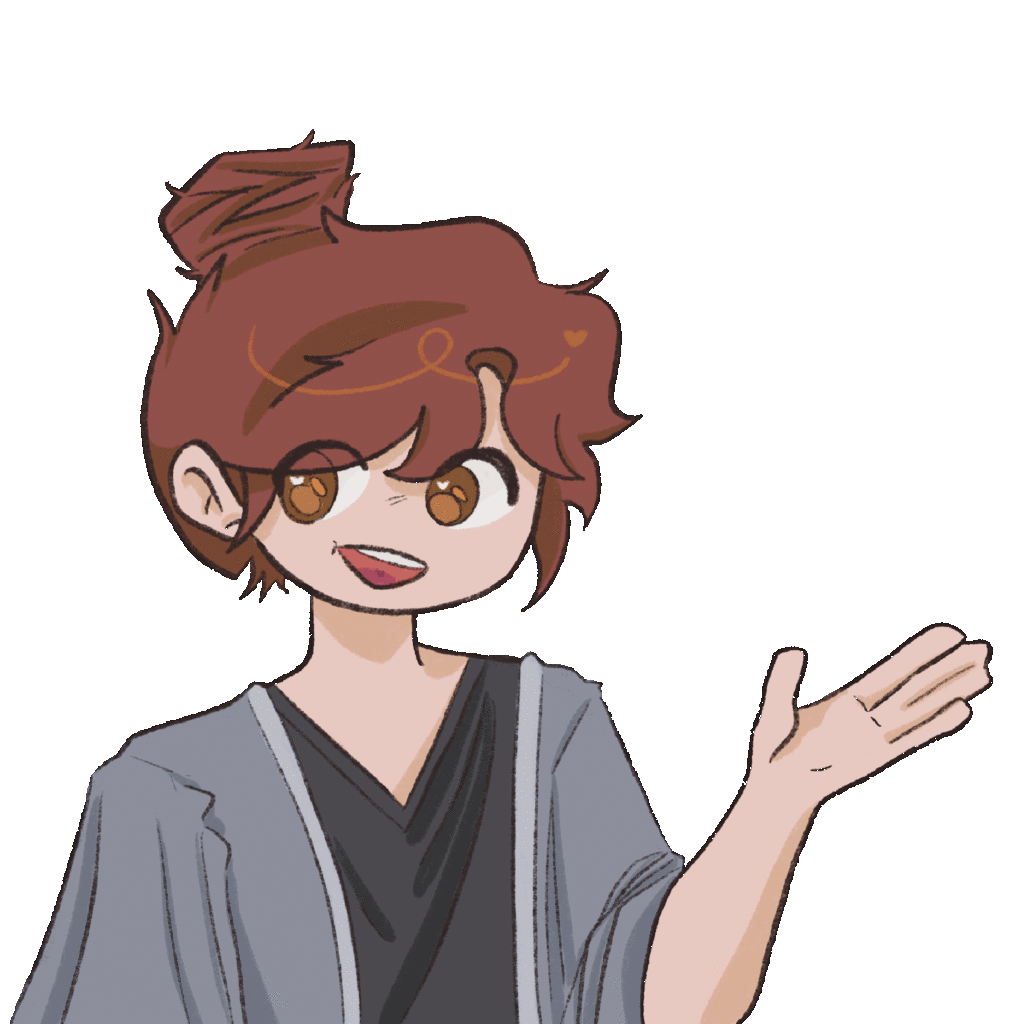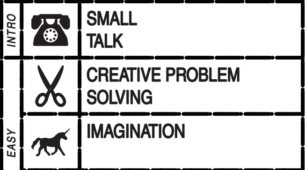The game I played this week is called Cube Escape: Paradox. It is a short, two-dimensional exploration escape room where the playable character is gathering clues to escape. Its a very unique game with many challenges and mini games that help the character regain their memory. I played the free chapter — chapter 1. This game was released on September 20th, 2018, and the developers, publishers, and franchise are Rusty Lakes. I’m unable to find an individual author to accredited this game to. That being said this game was posted to Steam and can be played on a laptop (MacOS, Windows, and SteamOS). I think being on a Laptop makes this a great gaming experience for its 2-dimensional approach. Had this game been played on a Gaming console like a PS5, the capabilities might feel a bit lackluster.
I love how the game uses music to evoke emotions and progress the game. For example, in times of anxiety or high emotions the music will gradual build up and build up before abruptly stopping. This ties into the emotions the character is probably experiencing and helps the person playing the game feel more aligned with the character and game. The premise of the game being a guy stuck in a room trying to learn more about himself, why he’s there, and how to escape is a scary realization…all for him to forget and slowly regain an understanding again. Used to a lesser effect, music is super helpful in transitioning into different parts of the game. When you have a task to complete, when something is about to happen, when there is important information being disseminated, and so on and so forth, different songs/musical effects will be played. This made it easy to understand what was happening, as the same effects/songs were played in the same contexts helping the player of the game become more prepared for what’s to come.
I loved how the game used subtitles and words. It was super easy to understand what I had to do in specific contexts. Some games want users to struggle before realizing what they have to do, this game isn’t one of them. I would be prompted to “Use items from your inventory,” “Draw to fill,” and “check the light.” I never felt super stuck, and always know what I could do, or should do. I think that’s the important differentiator between this game and other escape room games. This game wants you to walk through a storyline so they feed you information and point you in the right direction at every opportunity. Other escape room games I’ve played want users to figure out what they can do, how they can do it, and why they should do it. Because of this, this game felt more like a story.
I also thought the color scheme was really interesting. There was the use of dull colors (brown, green, gray), but also some bright red, yellow, and white colors. The contrasts were used to both 1) hide clues and 2) show clues.
Lastly, I found the way they used the 2-Dimensionality of the game really powerful. There were limited items you can interact with, so they would use a shifted frame to redirect your focus to specific areas and objects. For example a shown frame of a room will have a door, tree, clock, hanger, and drawers. If you click on any of the following objects, the game will shift the view to just that object, and there will be clickable capabilities in that specific window/frame and/or object. Again, this ties into the ease of playability and moving the player through a story seamlessly. Nonetheless, I found it to be an intentional but powerful design.
This game does a great job of trying to mitigate users who might be hard of hearing. There are subtitles on any words spoken, and whenever there is a new mechanic introduced or area for the user to explore, the game will provide some textual visuals to guide the user. I can imagine a deaf or hard of hearing person having a seamless experience playing this game. Beside the little musical cues and sound effects, the actual flow of the game isn’t reliant on sound. Being that the game does use sound to transition the user between frames, rooms, and clues, I do think a hard of hearing person is missing some important aspect of the feel of the game. That being said, the game also uses light (a transitional black screen or white flashes —on the television) to signal transitions
Furthermore, the pace of the game isn’t time dependent. Some games are very much reaction based, where the first to react due to visual, auditory, or sensory cues is likely to become the winner. This game is self paced, enabling the playing to roam the escape room and gather clues at a pace that suits their abilities. Because of this, I find this game suitable for people experiencing a wide range of disabilities.
I wanted to limit the amount of photos I upload this time, so heres the a screenshot of the example of limited objects I described above. This is not the full room, and those little arrows on either sides of the screen can shift the focus to another part of the room. In this specific shot, if I pressed on the drawer on the left side, then the screen would shift to just have the drawer in view, with clickable clues there. Also, note how there’s words above.



